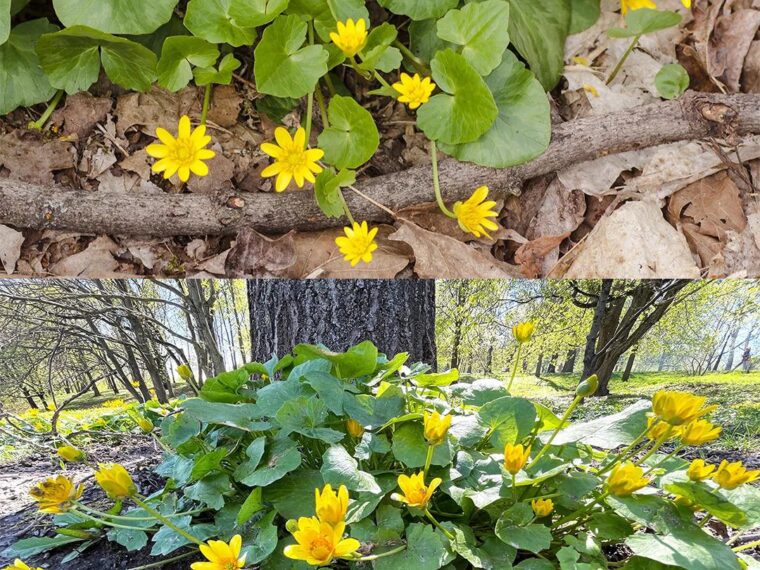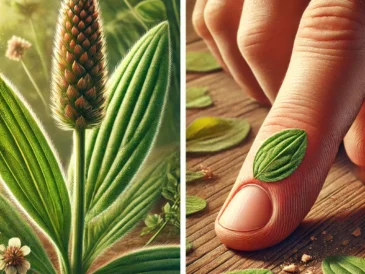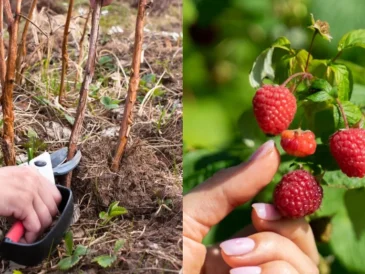As spring awakens the earth, Lesser Celandine (Ficaria verna) bursts into life with its shiny, yellow flowers and heart-shaped leaves, often carpeting woodlands, stream banks, and gardens. Though modest in size, this wild herb has a long history of medicinal use and carries both powerful benefits and important cautions. Known in traditional medicine for its healing properties, Lesser Celandine should not be underestimated — either for its effectiveness or its risks.
🌼 Identifying Lesser Celandine
- Scientific name: Ficaria verna (formerly Ranunculus ficaria)
- Family: Buttercup (Ranunculaceae)
- Common names: Pilewort, Fig Buttercup, Spring Celandine
- Appearance: Glossy yellow flowers (8 petals), dark green heart-shaped leaves, low-growing plant
- Season: Appears in early spring (March–May), often before trees fully leaf out
Despite its charming appearance, Lesser Celandine can easily be confused with other species, and care must be taken in proper identification — especially when using it medicinally.
🌿 Traditional and Medicinal Uses
Historically, Lesser Celandine was cherished in European folk medicine, especially for its treatment of hemorrhoids (piles) — hence its old English name, Pilewort. Both its roots and above-ground parts were used to treat a range of conditions.
✅ Known Benefits
- Hemorrhoid Relief (Topical Use)
- The plant was traditionally used as a poultice or ointment to soothe swollen veins and relieve pain and inflammation in hemorrhoids.
- Its astringent and anti-inflammatory properties helped constrict blood vessels and reduce discomfort.
- Wound Healing
- Lesser Celandine contains tannins and saponins that may aid in stopping minor bleeding and promoting skin healing when applied externally.
- Varicose Veins
- In herbal medicine, the herb has occasionally been applied to varicose veins to reduce inflammation and swelling.
- Mild Analgesic (Pain-Relieving) Properties
- Used in balms to relieve muscular or joint aches in folk practices.
⚠️ Important Cautions and Toxicity
Despite its benefits, Lesser Celandine can be toxic if used improperly — especially when consumed internally.
⚠️ Toxic Components
- Contains protoanemonin, a toxic compound found in fresh buttercup family plants.
- Protoanemonin can cause blistering, irritation of the skin or mucous membranes, and gastrointestinal distress if ingested.
- Drying or heating the plant destroys protoanemonin, reducing toxicity, but does not make it safe to consume casually.
❗ Unsafe Practices
- NEVER eat raw Lesser Celandine.
- Internal use is strongly discouraged without professional guidance.
- Pregnant or breastfeeding women should avoid using it entirely.
- Individuals with sensitive skin should wear gloves when handling the plant.
🌱 Modern Herbal Use and Regulation
TO CONTINUE READING THE ARTICLE PLEASE SEE PAGE 2




